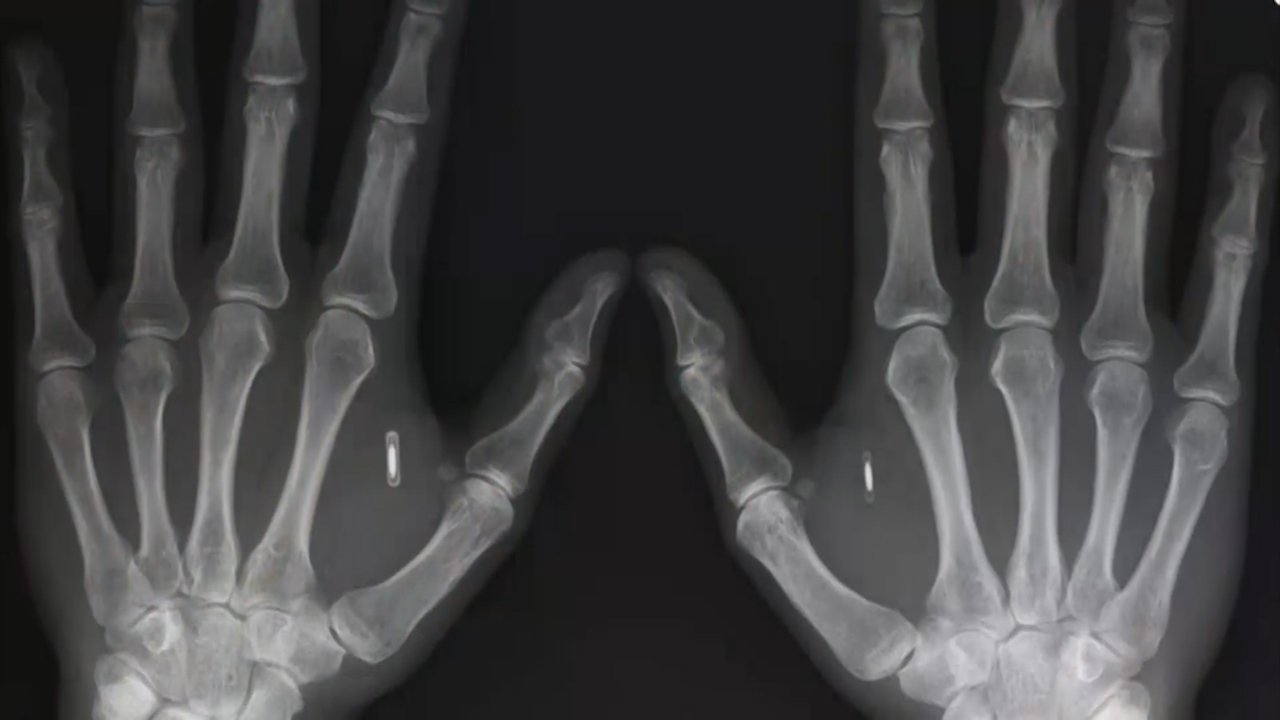Human Biometric Microchipping
What is the future of biometric identification?
FUTURE PROOF – BLOG BY FUTURES PLATFORM
Many years ago, in movies, we used to see someone have their eye scanned to enter a vault or put their fingerprint on a pad to open a futuristic door. But these once futuristic biometric technologies have now started to work their way into our every-day lives. Are microchips next?
HUMAN BIOMETRIC MICROCHIPPING
Now apple has even moved past fingerprint identification and opted for facial recognition as the means to unlock their newest phones. The speed of which these technologies are being created, improved, and even obsolete is exponentially increasing to a pace which we have never seen before.
So that raises the question. What is next?
Well it could be biometric microchips.
Have you ever run out of the house in a rush to only minutes or hours later you have left your wallet, keys, tickets, or any other particulars at home? Because I have on an almost on a depressingly frequent basis. But for a small group in Sweden who have taken part of a pilot project, this is no longer a problem.
Since 2015, roughly 3000 people in Sweden have had a microchip inserted under their skin. These biometric chips have gone on to replace their gym membership cards, offices key cards, train passes, and many other daily used identification cards. With the era of contactless payments starting to take off, some are even using it for payment processing.
Even the country’s state-owned train company has started scanning passenger’s hands in replacement of the standard train ticket which is edging towards the future we used to read about in science fiction novels.
So, what does this technology look like?
Well these microchips are small cylindrical tubes that are no bigger than your average grain of rice. The chip is generally implanted with a needle on the back of the hand in-between the thumb and pointer finger and it is done rather painlessly.
So, if the pilot project is being viewed as a success what is holding this type of biometric identification back?
Well, the biggest hurdle for most is privacy. There is just something unsettling about having a readable chip holding our most personal information in it that can be scanned and tracked.
In an era where a lot of our wallets and purses are being lined with RFID blocking materials from blocking passerby scammers to from skimming our cards and information, this raises some privacy concerns in regard to what types of theft might be possible with these types of chips.
Another issue is the what the next best alternatives are. With the number and quality of wearable technologies increasing, they make it hard sell to commit to having a chip implanted in your body. A few reasons being is you can take them off when you want and upgrade to new technology easily.
A third disadvantage is the possible lack of universal standards. As with most technology, there has the be critical mass for the full benefits to be realized and it would be important for a standard of chips to be set before mass adoption.
And finally, there are some health risks such as infection and body migration where the chip would move within the body from its original and intended spot.
There are many more advantages and disadvantages other than those that have been listed above. This is the type of technology that toes the line between a utopian and dystopian future depending on its use, implementation, and impact.
It does give some shivering thoughts of Orwell’s, 1984 idea of Big Brother but there might just be a place for it in our future.
So, do you see yourself swapping your wallet or purse for a microchip anytime soon?
Are you interested in future trends, developments, and other phenomena? Futures Platform’s foresight radar includes all trends in this blog and hundreds more. Check it out here: Futures Platform




Nanobots are small "robots" ranging from 1 to 100 nanometers in size. Scientists are exploring different applications of nanobots in medicine and healthcare, to fight cancer as well as to unblock blood vessels.